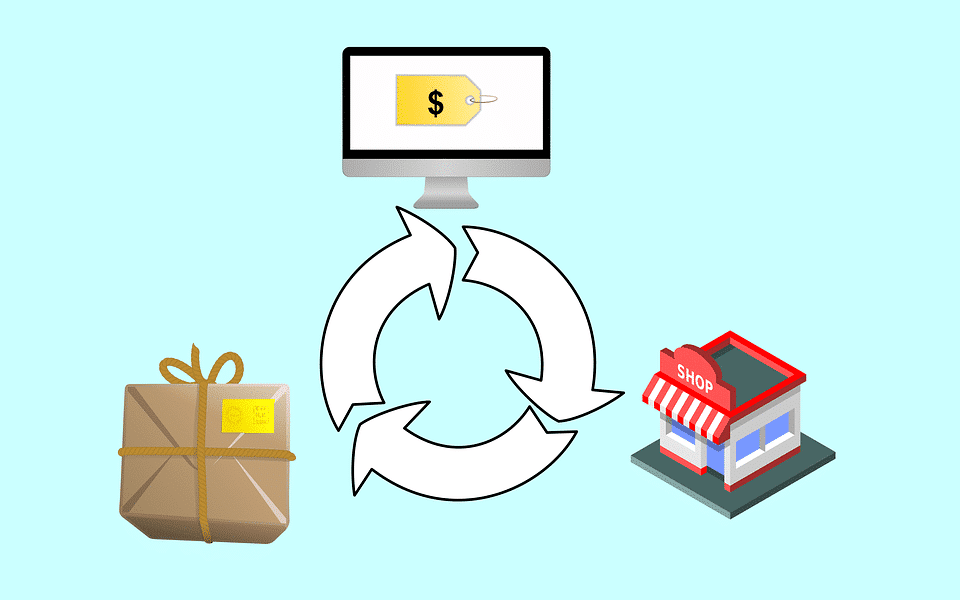We have come a long way since the days of a radio advertisement and a write-up in Reader’s Digest. This may have been the way to select a new family vehicle in the 1950’s, but things are different today. The new age of marketing is seemingly limitless, but there are some smart strategies to consider when planning a marketing campaign in e-commerce. A hot topic right now would be to decide the best approach to the various channels of marketing. How best can a company use social media, email and web presence? Which approach is best between multichannel and omnichannel marketing?
Let’s break down the two strategies.
Multichannel Marketing
Taking this approach toward marketing involves the usage of two or more channels to engage customers. A channel might be a printed advertisement, a physical retail location, a website, an email campaign, or word-of-mouth. For example, multichannel marketing could be targeting customers with a Google AdWords campaign fueled by SEO. Separately, an email blast would be sent out to prospective customers. The approach is more focused on the physical presence of the product than seamless and consistent messaging.
Omnichannel Marketing
This approach is a combination of multichannel marketing with more tact. The basis is the integration of cross-channel technologies. Omnichannel retailing is focused on providing the customer with an integrated shopping experience. A customer might first interact with a product page after clicking on a social media advertisement. Step two is a strategized email campaign one week later to follow up on the customer’s potential interest in that product.
But what are the actual key differences? Aren’t they the same thing? Not exactly.
1. ‘Many’ vs. ‘All’
Let’s start with the Latin prefixes of the two words, ‘multi’ and ‘omni.’ A clear difference is determined right away. ‘Multi’ or ‘many’ channel is aiming to inundate the customers with clear advertising in as many ways as possible. This could be regular email blasts, newspaper ads, or sponsored blocks with product ads in the header of a blog post. This is an outreach to customers through many different channels. ‘Omni’ or ‘all’ channel is focused on the various channels of marketing in tactful and integrated usages. Instead, an email blast campaign would be aware that the customer had seen the prior product ad on the blog post.
2. Product vs. Customer
The multichannel marketing approach is inherently more concerned with the product. By contrast, an omnichannel marketing campaign is customer-focused. Multichannel marketing will use whatever means necessary to consistently drive home the physical presence of product ‘X’. Very little regard is given to previous marketing channels for product ‘X’ or any previous customer interactions. Omnichannel marketing uses small data trends related the customer interaction with marketing. Then, the campaign can determine which strategies are most effective. Omnichannel marketing subtly guides the customer toward product ‘X.’ A visualization of the difference between the two marketing strategies is simple. Multichannel puts the product at the center focus. Omnichannel puts the customer at the center focus.
3. Individual Channel Focus vs. Consistent and Seamless Messaging
In a large corporate multichannel marketing campaign, an entire team may be devoted to email campaigns. A separate team in another city may be focused on app development. Data is taken from the various channels of marketing and individual goals. Then strategies are set for web, print, email, television and in-store marketing. A well-tailored and seamless omnichannel marketing campaign is instead created for the sake of the individual. Their interaction with various channels of marketing is the most important data. A consistent and seamless message is first decided. Then the various channels of marketing collaborate to best integrate with the customer. The channels of marketing are driven and determined by the way that the customer uses them. At the core, the message of the campaign is seamless between all channels.
Implementing Strategies into Business Plan
New marketing must lean toward a more agnostic approach to marketing channels. The challenges a company may face is that this is not simply a ‘switch’ that can be flipped. A successful marketing approach most often a multichannel approach, but omnichannel takes it a step further. The new ways that customers interact with products, from in-store and web browsing to scrolling through Facebook, are proving that change is on the horizon. Companies must start to invest time and money in the technology.
Infrastructures must be built to allow fluid movement cross-channel that will best suit the customer. It will involve new ways of maintaining customer relationships and messaging. The difficulty is getting into the mind of the customer. Understanding the customer trends their interaction with products will drive home the message being conveyed by the business. The implementation of these new strategies will best be achieved by having a clear message at the heart of each campaign. And of course, the companies must think more about customer needs as they interact with products each day.
Sharon Shichor is the CEO of Eighteen Knowledge Group LLC, your solution and knowledge base for brand building and getting your products and services in the hands of consumers.
Want to learn more about Marketing solutions and trends? Visit our company page and blog for more on the subjects that affect your company’s daily operations the most!

